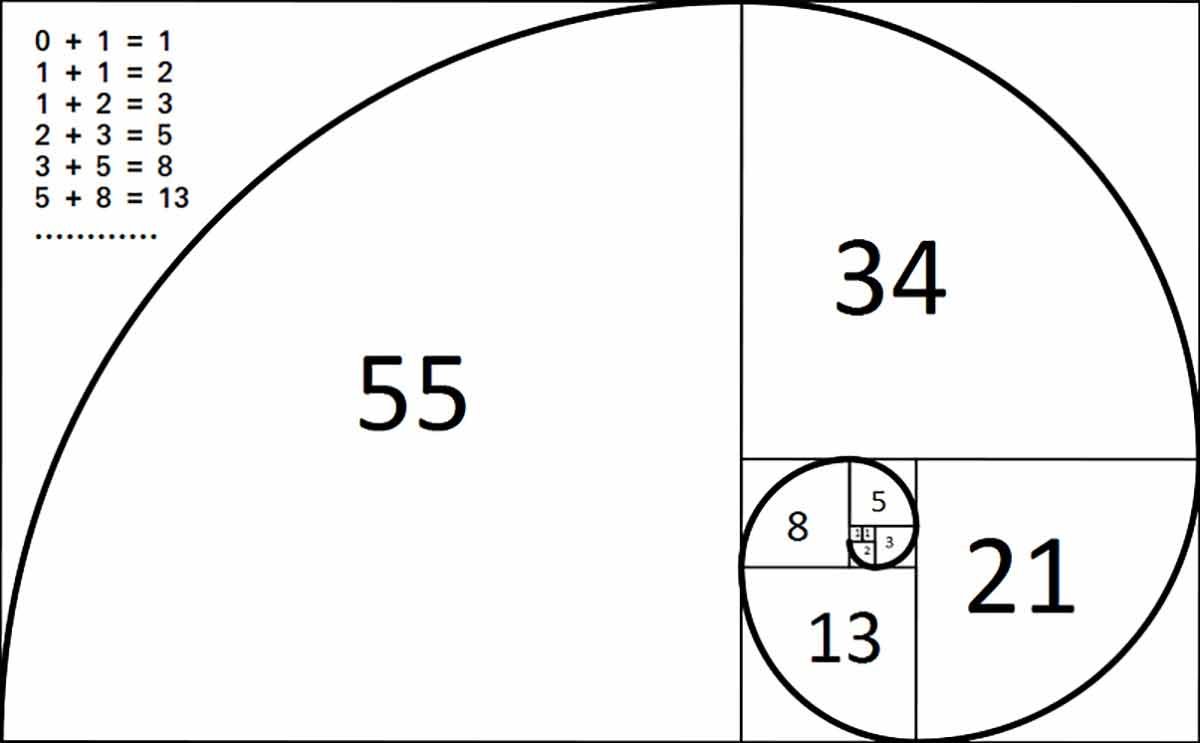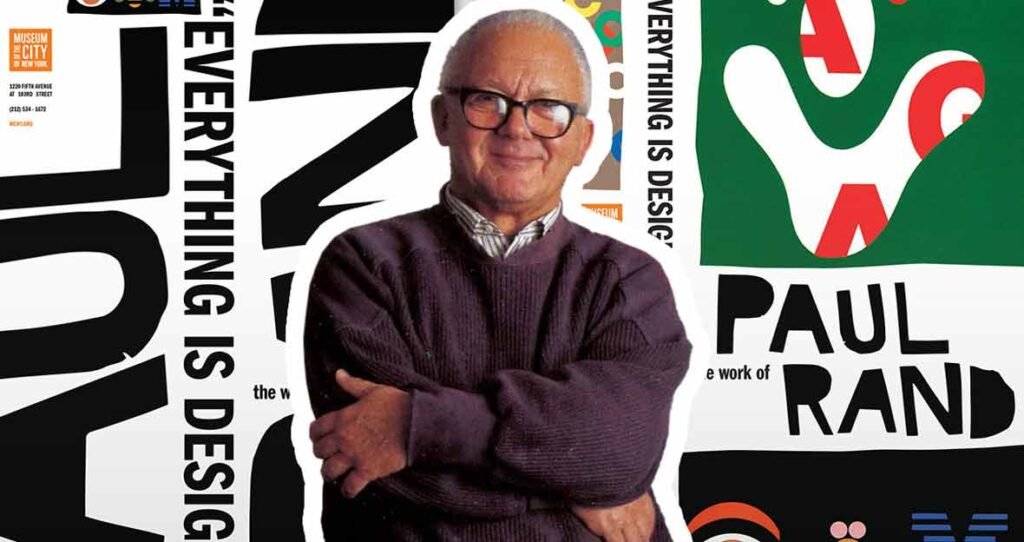In the realms of mathematics, art, and nature, there exists a captivating phenomenon known as the Golden Ratio. This mathematical concept, symbolized by the Greek letter φ (phi), has intrigued scholars and artists alike for centuries. It has a mysterious allure and pervasive presence.
While we don’t focus on philosophy as much here at Shoptimist, we do focus on what works for our Graphic Design team. And what we frequently notice is the golden ratio. Even those who don’t believe the academic reasons why this works agree it does work.
Join us on a journey as we delve into the depths of the Golden Ratio, exploring its mathematical origins. Also, we will showcase its manifestations in nature and art, and its enduring significance in design and aesthetics.
Nature's Divine Proportion
At its core, the Golden Ratio is a mathematical proportion that can be found by dividing a line into two parts. This needs to be done so that the ratio of the whole line to the longer part is the same as the ratio of the longer part to the shorter part.
This ratio, approximately equal to 1.61803398875, is believed to possess aesthetic qualities that resonate with human perception of beauty and harmony.


Mathematical Definition
The Golden Ratio emerges from the Fibonacci sequence. This is a series of numbers where each number is the sum of the two preceding ones (0, 1, 1, 2, 3, 5, 8, 13, 21, and so on). As the sequence progresses, the ratio of consecutive numbers approaches φ, resulting in a spiral pattern known as the Fibonacci spiral.

Occurrences in Nature
Nature, with its intricate designs and patterns, often showcases the Golden Ratio in various forms.
From the spirals of seashells and the arrangement of leaves on a stem. From the proportions of the human body to those of branching patterns of trees. These are all examples of it in the natural world.




Some scientists propose that organisms have evolved to embody these proportions because they confer structural strength and efficiency.
Art and Architecture
Throughout history, artists and architects have been drawn to this ratio for its perceived aesthetic appeal.
It can be seen in the Parthenon in ancient Greece. Works of Renaissance masters like Leonardo da Vinci and Michelangelo have used it to create visually pleasing compositions and harmonious proportions.


Even in modern times, designers continue to incorporate this ratio into their creations. They do this believing it enhances the beauty and balance of their work.
Applications in Design and Composition
In contemporary design practices, this phenomenon serves as a guiding principle. Generally, it is for achieving balance and harmony in various visual mediums.
Graphic designers use it to determine the proportions of layouts and logos. Additionally, photographers employ it to compose striking images, and web designers integrate it into user interfaces to enhance user experience.


While its application may sometimes be subtle, the Golden Ratio remains a powerful tool for creating aesthetically pleasing designs.
Debates and Criticisms of the Golden Ratio
Despite its widespread popularity, the Golden Ratio is not without its skeptics and critics.
Some argue that its significance is overstated and that beauty is inherently subjective, transcending mathematical formulas. Others caution against the tendency to rely too heavily on the Golden Ratio, warning against the rigidity it may impose on creative expression.
Nevertheless, the allure of the Golden Ratio persists, sparking debates and discussions about the nature of beauty and proportion.
In the tapestry of existence, the Golden Ratio weaves a thread of elegance and intrigue, connecting the realms of mathematics, art, and nature in a symphony of proportion and harmony. Whether revered as a divine proportion or dismissed as a mathematical curiosity, its influence endures, shaping our perceptions of beauty and inspiring generations of artists, architects, and thinkers.
As we contemplate its mysteries, let us embrace the wonder of the Golden Ratio and celebrate the boundless creativity it continues to inspire.
Further Reading and Resources
- “The Golden Ratio: The Story of Phi, the World’s Most Astonishing Number” by Mario Livio
- “The Power of Limits: Proportional Harmonies in Nature, Art, and Architecture” by György Doczi
- “The Golden Ratio: Design’s Biggest Myth” by Michael Hann


